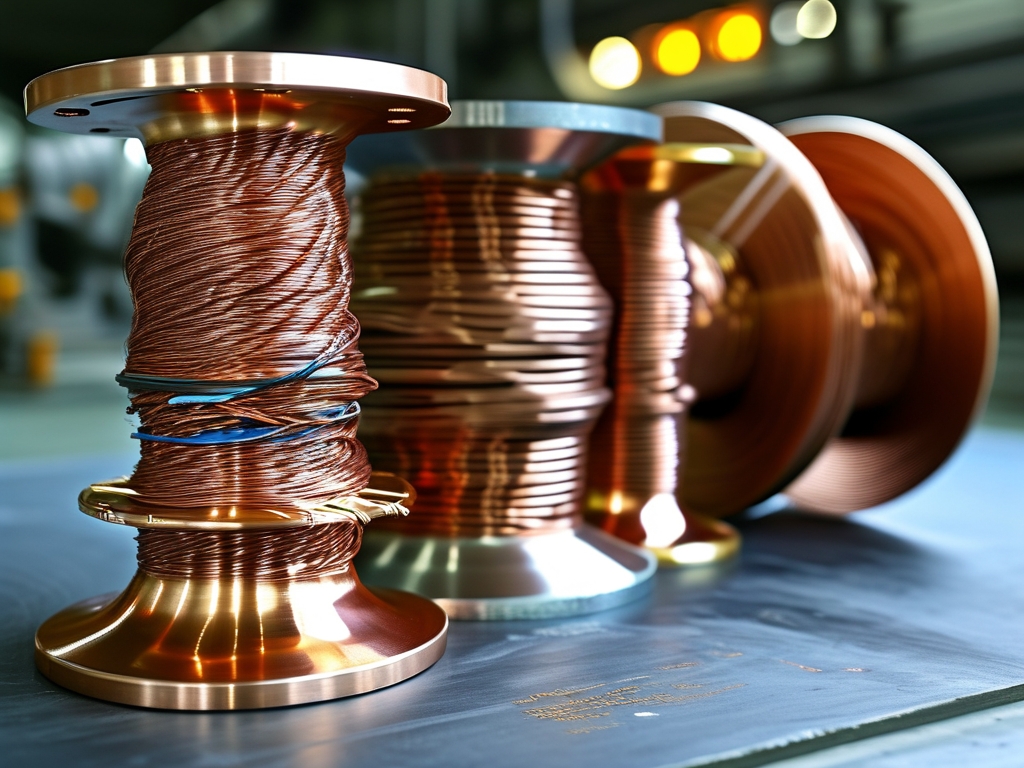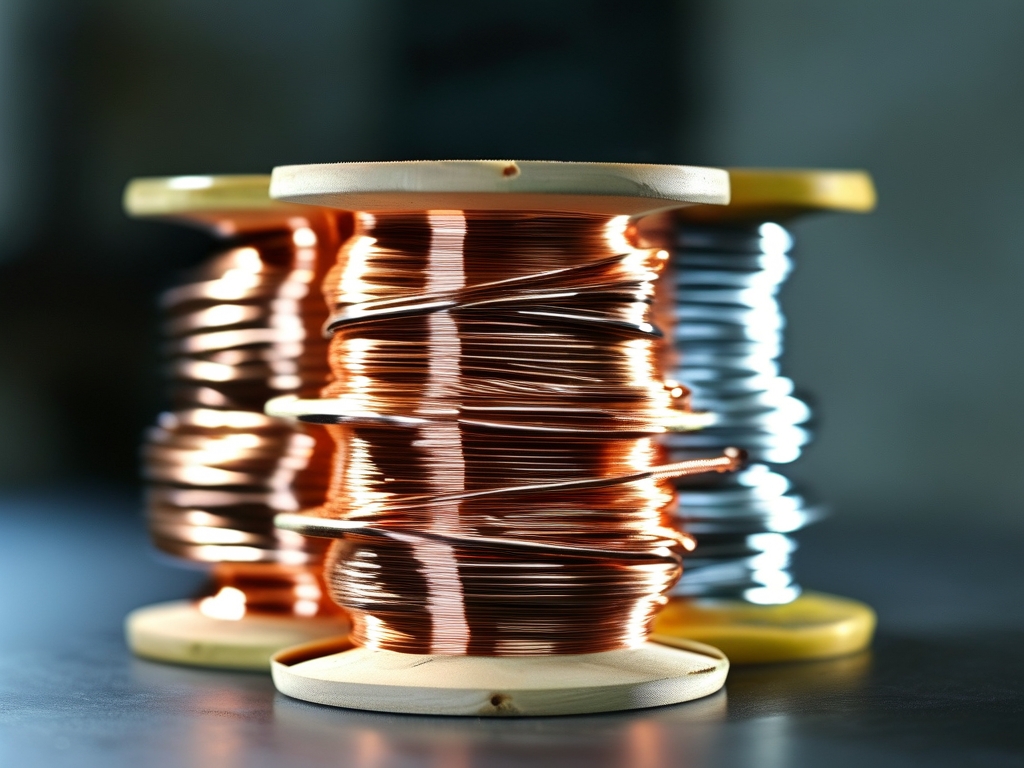Stranded wire, a critical component in electrical systems and mechanical applications, derives its versatility from two core aspects: material selection and manufacturing algorithms. This article explores the most widely used materials in stranded wire production and the computational methods that optimize their design and performance.

I. Common Materials in Stranded Wire
- Copper
- Conductivity: Copper remains the gold standard due to its exceptional electrical conductivity (5.96×10⁷ S/m).
- Flexibility: Annealed copper strands balance ductility with strength, making them ideal for dynamic applications like robotics.
- Variants: Tinned copper resists corrosion, while oxygen-free copper minimizes signal loss in high-frequency applications.
- Aluminum
- Cost-Efficiency: Lightweight and affordable, aluminum is preferred for overhead power lines.
- Challenges: Its lower conductivity (3.5×10⁷ S/m) and susceptibility to fatigue require specialized stranding patterns.
- High-Strength Alloys
- Steel-Core Wires: Used in transmission lines, these combine steel's tensile strength with aluminum's conductivity.
- Copper-Clad Aluminum (CCA): A hybrid material offering cost savings while maintaining moderate conductivity.
- Specialty Materials
- Superconductors: Niobium-titanium alloys enable ultra-low-resistance strands for MRI machines.
- Polymer Coatings: PTFE or nylon insulation enhances thermal and chemical resistance.
II. Algorithms in Stranded Wire Design
- Geometric Optimization
- Lay Length Calculation: Algorithms determine the optimal helical twist pitch to balance flexibility and structural integrity.
- Layer Sequencing: Computational models assign strand counts per layer (e.g., 7-19-37 patterns) to minimize gaps and maximize packing density.
- Electrical Performance Modeling
- Skin Effect Mitigation: Finite element analysis (FEA) predicts AC resistance at varying frequencies, guiding strand diameter selection.
- Proximity Effect Algorithms: Adjust phase arrangements in multi-conductor cables to reduce inductive losses.
- Mechanical Simulation
- Fatigue Prediction: Machine learning models analyze cyclic stress patterns to prevent strand fracture in vibrating environments.
- Creep Analysis: Time-dependent deformation in aluminum strands is modeled using viscoelastic algorithms.
- AI-Driven Manufacturing
- Defect Detection: Convolutional neural networks (CNNs) inspect wire surfaces for cracks during production.
- Process Optimization: Reinforcement learning adjusts tension and speed in real-time across stranding machines.
III. Case Studies
- Aerospace Cabling
- Material: Silver-coated copper for corrosion resistance in humid environments.
- Algorithm: Multi-objective optimization balances weight reduction against EMI shielding requirements.
- EV Battery Interconnects
- Material: Nickel-plated copper strands withstand high-temperature operation.
- Algorithm: Thermal-electrical coupled simulations prevent hotspot formation.
IV. Future Trends
- Nanocomposite Materials
- Carbon nanotube-infused strands could achieve conductivity 10× greater than copper.
- Quantum Computing Integration
- Quantum annealing algorithms may solve complex stranding optimization problems in seconds.
The synergy between advanced materials like superconductors and AI-powered algorithms is redefining stranded wire capabilities. As industries demand higher efficiency and miniaturization, continuous innovation in these two domains will remain pivotal. Engineers must adopt a holistic approach, integrating material science with computational rigor to meet tomorrow's challenges.










